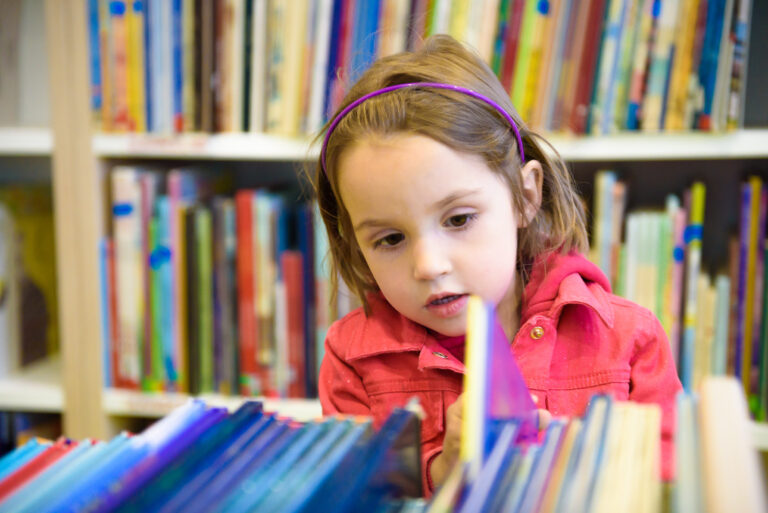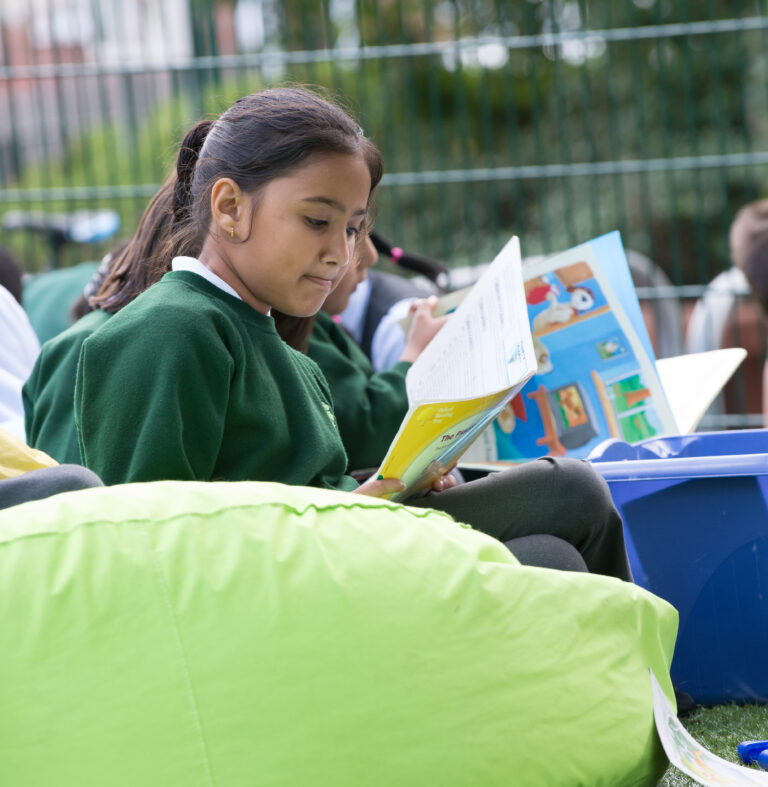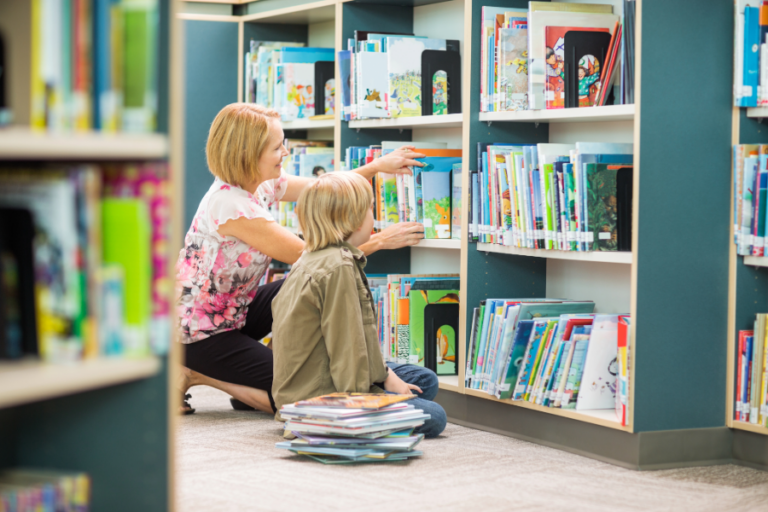6 strategies to keep your primary school library organised and engaging
The start of the school year can be a busy and chaotic time for primary school libraries. Teachers, teaching assistants, and sometimes even volunteers may be responsible for managing the library, making it crucial to keep things as organised as possible. Whether you’re a dedicated librarian or a staff member wearing many hats, these simple strategies can help you keep your library running smoothly during the back-to-school rush.
In this blog, you’ll discover:
- 6 strategies to enhance your library’s organisation.
- how to create a more engaging environment for pupils.
- how to manage the back to school rush.
Continue reading to learn how see you can maintain a well-organised primary school library this academic year.

Your pupils have returned and with it the back-to-school period is in full swing. Getting young readers used to the library environment and encouraging them to search for what they’re looking for are crucial skills to get them ready for secondary school and beyond, but the start of term can be quite hectic. Here are our 6 strategies to enhance your primary school library’s organisation at this busy period and create an engaging hub of activity in your primary school library this new school year.
Sort books by topic and reading level, and use clear signage
In a primary school, making it easy for younger pupils to find books that match their reading ability is essential. Consider organising books by topic and reading level to ensure every child can find something suitable. Create clear sections for early readers, Key Stage 1, and Key Stage 2. Use large, colourful labels to identify different sections of the library, such as “Picture Books,” “Adventure,” or “Science.” Make sure signs are simple, with both text and images, to cater to younger readers and those still developing literacy skills. This setup will make it easier for both teachers and students to locate appropriate resources quickly.
Tip: Try using bold, colourful labels with fun characters to make sections even more visible to young children.


Implement a colour-coding system
For primary school libraries, a simple colour-coding system can work wonders in helping children independently navigate the library. Use coloured stickers on the spines of books to indicate different subjects or reading levels. For example, red for fiction, blue for non-fiction, and green for picture books. This method is particularly useful for younger pupils who are still learning how to categorise books themselves.
Tip: Use easy-to-understand symbols, like stars or animals, alongside colours for younger pupils who may not yet be reading fluently.
Create an accessible catalogue system
In a primary school setting, staff or volunteers may not have time to assist every child searching for a book. An easy-to-use catalogue system on a library management platform such as Reading Cloud can make a big difference, ensuring that pupils and teachers can easily search for books.
Tip: Consider holding a brief tutorial for staff and pupils on how to use your library management system at the start of each term.


Dedicate zones for different activities
Creating dedicated areas in your primary school library can help keep things organised and reduce distractions. For example, set up a quiet reading corner with soft seating for children to enjoy their books, a group study area with tables for more collaborative activities, and a technology zone for using tablets or computers. Clearly marked areas help younger students understand where they should be, reducing noise and confusion.
Tip: Use fun and vibrant signs to distinguish areas, making them inviting and easy for younger children to navigate.
Regularly rotate displays and featured books
Primary school children are often drawn to visual displays, so rotating them regularly can keep them excited about new books. Change displays every week or two to showcase new books, seasonal topics, or themes that complement classroom learning. For example, highlight animal books during a science unit or feature picture books related to autumn or spring.
Tip: Engage pupils by letting them vote on which books or themes to feature next—it’s a fun way to get them involved in the library.


Engage pupils as library helpers
Primary school children love having responsibilities, and you can make use of that enthusiasm by assigning them as ‘Library Helpers.’ They can assist with simple tasks like shelving books, tidying reading areas, or helping their peers find a book. This not only helps keep the library in order but also fosters a sense of ownership and responsibility in young pupils.
Tip: Create a reward system, like stickers or certificates, to celebrate their contribution to the library.
Conclusion
By implementing these simple, child-friendly strategies, you can create a more organised and welcoming primary school library. A well-structured library helps pupils find books independently, engage with reading, and develop a love for learning. With clear organisation, accessible resources, and a bit of creativity, your primary school library can be a valuable space for both students and teachers throughout the school year.
Ready to transform your school library?
Don’t miss out on the opportunity to elevate your students’ library experience. If you’re not yet part of the Reading Cloud family, now is the perfect time to find out more about what we can offer your school. Book a no obligation demo with one of our expert Sales team today and discover how Reading Cloud can transform your school library.

